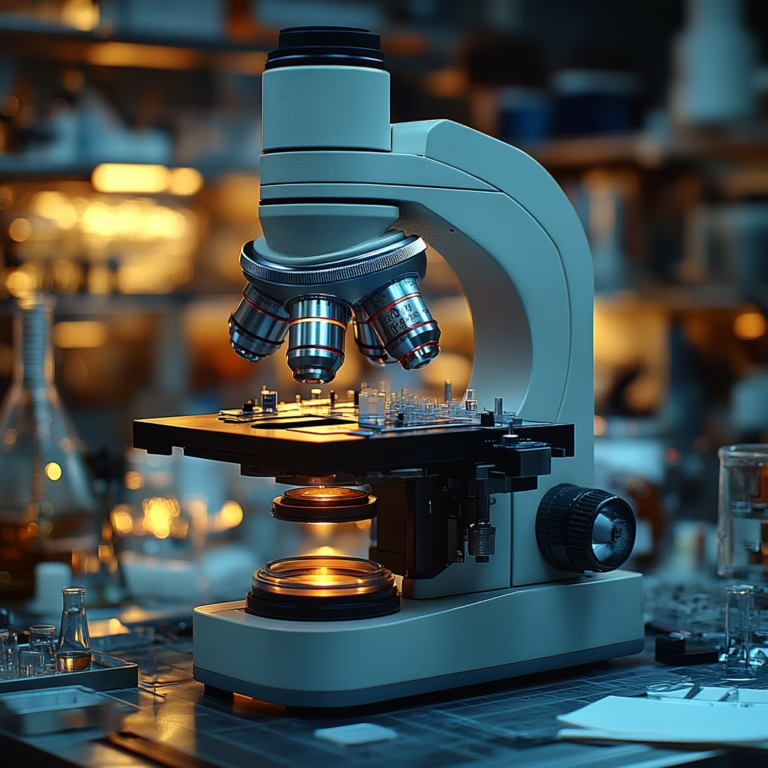Technological evolution is never a random process. One of the most revolutionary contributions of Genrich Altshuller and the TRIZ methodology is the identification of laws governing the development of technical systems. Among these, the first law, known as “Evolution by Stages,” is fundamental for understanding technological progress and anticipating the future of innovations.

What Does “Evolution by Stages” Mean?
The law of Evolution by Stages describes how every technical system progresses through a sequence of development stages, each characterized by specific features and dynamics:
Formation Phase
In this initial phase, the system is rudimentary and often inefficient. Its main elements are only roughly outlined, and its core functions are yet to be optimized. Few patents “protect” the new technology (usually just one, but always of very high value); research investments are high, and profits are decidedly low. For instance, early automobile models in the 19th century were unreliable and far from today’s efficiency.
Growth Phase
The system begins to develop rapidly. It is improved to enhance its efficiency, reliability, and performance. During this phase, production costs tend to decrease, making the system more accessible to a wider audience. Companies involved generate increasing profits while reducing research investments and focusing heavily on marketing and sales.
Maturity Phase
The system reaches its peak potential within the current technological context. Research investments resume, yielding numerous high-level patents. The number of system components is gradually reduced to minimize production and assembly costs. Most improvements during this phase are incremental and focused on optimization.
Decline or Transition Phase
The system becomes obsolete due to the emergence of new technologies capable of performing the same function more efficiently and effectively. Sometimes, decline is accelerated by new and higher market demands. This leads to the replacement of old technology with new solutions. The outdated technology may remain in use as memorabilia or collectibles (e.g., vinyl records, valve radios) or for advertising purposes (e.g., airships).
How to Apply the Law of Evolution by Stages
Analyze the Lifecycle of a System
Using the law of Evolution by Stages allows you to identify which phase a system is in and predict its future developments. This is particularly useful for companies looking to innovate or improve their products.
Predict Change
Recognizing that every system will eventually reach a decline phase helps in planning transitions. For example, typewriter manufacturers in the 1980s could have anticipated the shift to personal computers.
Identify Innovation Opportunities
Each stage of evolution presents unique opportunities for innovation:
During formation, introduce fundamental new elements.
During growth, prioritize cost optimization and market expansion while evaluating emerging technologies that could eventually replace the current one.
During maturity, focus on significant incremental improvements and carefully plan the inevitable technological transition. Missing this opportunity could result in losing the entire market share (e.g., photographic film vs. digital cameras, DVDs vs. MP3s, airplanes vs. airships).
Practical Examples of Application
Case 1: The Evolution of Smartphones
Formation: Early mobile phones, like the Motorola DynaTAC, were bulky and limited in functionality.
Growth: With the advent of touchscreens and apps, smartphones experienced rapid growth.
Maturity: Today, smartphones are highly sophisticated, with improvements focusing on marginal gains like longer battery life or better cameras.
Transition: New technologies, such as wearable devices or augmented reality, could replace traditional smartphones in the future.
Case 2: Energy Transition
Formation: Early internal combustion engines marked the beginning of the fossil fuel era.
Growth: The 20th century saw the dominance of fossil fuels as the primary energy source.
Maturity: Growing environmental awareness led to more efficient use of fossil fuels.
Transition: Renewable energies, such as solar and wind power, are now gradually replacing traditional sources.
Conclusion
The law of Evolution by Stages is not just a theoretical description of technological change but a practical tool for understanding and driving innovation. Applying it helps anticipate the future, identify opportunities, and remain competitive in a constantly evolving world.
For more insights into the practical application of this law or to explore other TRIZ tools, contact us for personalized consulting.







